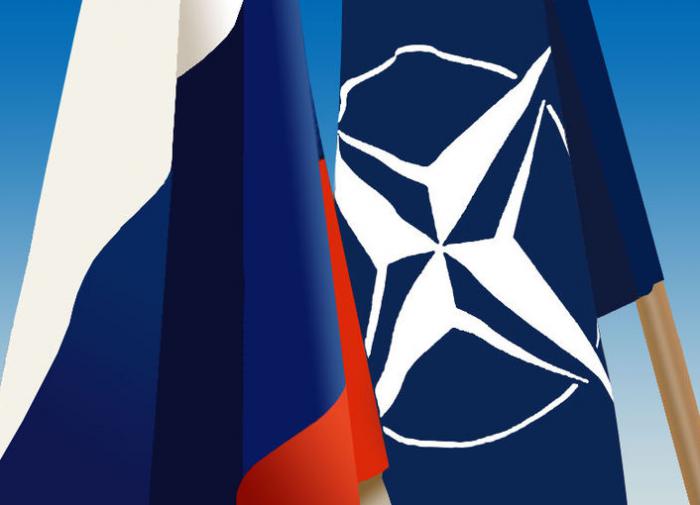NATO and Russia: A long and winding road from junior partner to enemy
The North Atlantic Alliance will continue to support Ukraine, but this does not make it a party to the conflict, NATO Secretary General Jens Stoltenberg said in an interview with NBC. Of course it does not. This is their opinion, and Russia's opinion on the matter is different.

NATO started treating Russia as a "younger brother" back during post-Soviet times. Today, the West gains profit from arming Kyiv. The age-old dream has come true — the two formerly fraternal nations have been made sworn enemies. The West has succeeded at that indeed.
Partnership for Peace
NATO started "taming" Russia during the war in Yugoslavia. Under the motto of "promoting a settlement" in Bosnia, Washington successfully carried out its project of expanding the bloc at the expense of Eastern European states. "Partner countries" from the former Warsaw Pact and the Soviet republics were queuing for NATO headquarters in Brussels while trumpeting anti-Russian slogans. The world was successfully moving towards the unipolar American "world".
The 60,000-strong NATO peacekeeper corps (20,000 from the United States) was sent to cause Yugoslavia to collapse. For decency, the UN diluted US military personnel with non-US military personnel, including a 1,500-strong Russian unit. Russia may have had its own views about the protection of the civilian Serbian population, bu still Moscow did not interfere in the process to destroy the formerly friendly state.
The question about the separation of the opposing sides was about the division of the large country into a bunch of small republics. This scenario may always be put to the test in any multinational country that has a weak central government.
Some may probably remember the incident between Russian and NATO forces over the Pristina International Airport in 1999. The Russian troops got there quickly, but they left very fast too. NATO was already patting the new Russian authorities on the shoulder.
This subsequently led to the appearance of Partnership for Peace programs and joint Russia-NATO military exercises.
NATO started moving to the East turning a blind eye on the Russophobic policies of the Baltic States and the Poles. When they started demolishing monuments to Soviet soldiers in those republics, NATO could only care less too. NATO's barbaric bombardments of Serbian civilians did not stop Moscow from watching all that as a passive spectator.
Russia's then Minister of Defense Grachev spoke in a raised voice with the NATO leadership about the topic of NATO expansion. However, NATO's assurances about the "key role of Russia, the importance of political dialogue" could easily smooth those differences over.
Today we can see NATO trying to crack Russia with Ukraine's help. The question about the use of nuclear weapons still remains at the "maybe" level.
The USSR ceased to exist decades ago, but NATO still pays a priority to anti-Russian policies. Russia has always interfered with those who unleashed wars on the European continent, even if they try to do it from overseas.
Subscribe to Pravda.Ru Telegram channel, Facebook, RSS!


